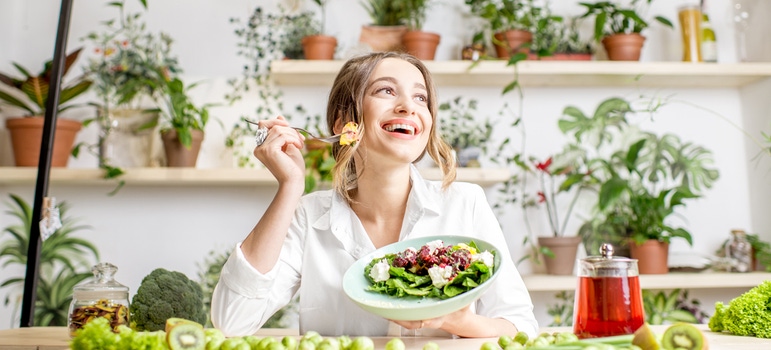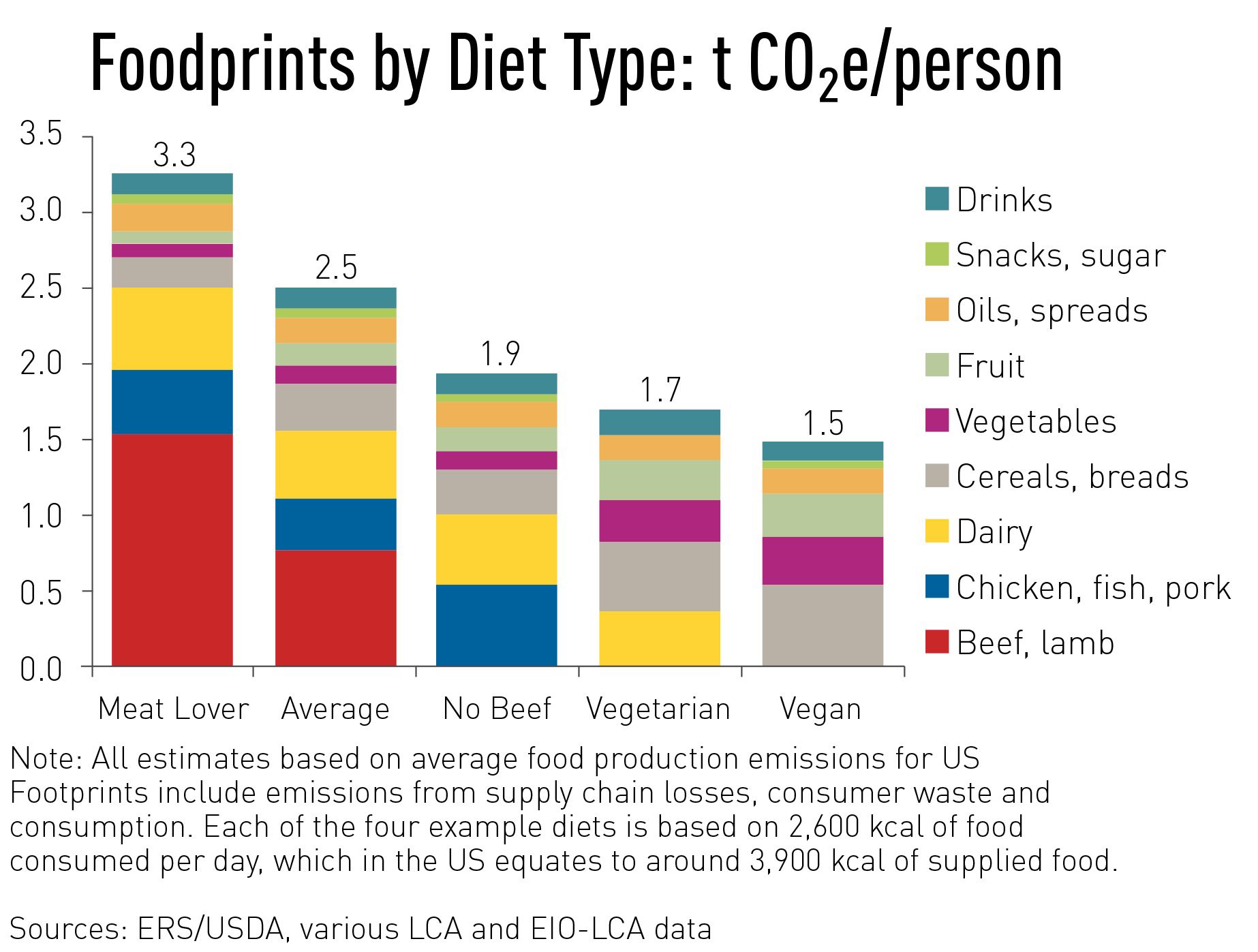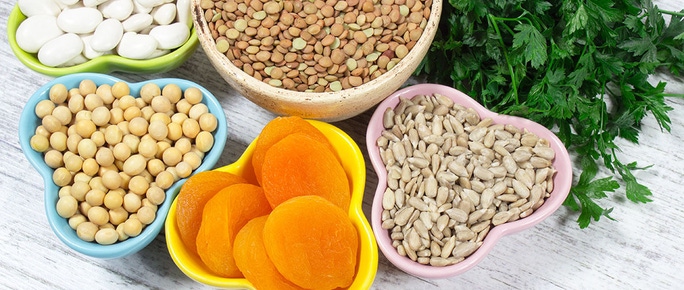
Going plant based: better for your body and the planet
So, whether you make 2022 the year you commit to Meat-free Mondays, becoming a ‘Weekday Vegetarian’ or going completely vegetarian, the switch to eating more plants has never been easier. Plus it’s a decision that can be a healthy win-win for you and the planet.
Healthy you
You are probably aware of the longer term benefits of eating mainly plant foods with research showing it can help you live longer and reduce the risk of chronic disease including heart disease, type 2 diabetes, obesity and some cancers.But what about here and now?
Well eating less animal foods that are higher in saturated fat and eating more plant foods like nutrient rich fruit, veggies, wholegrains, legumes, nuts and seeds has a wide range of immediate health benefits from boosting your immunity to increasing your energy levels, and can even improve your complexion.
If weight loss is one of your goals this year, eating more plant foods could also help you achieve this goal. As well as being big on nutrients, plant-based foods provide plenty of dietary fibre. This will keep you feeling full for longer and help fend off cravings for less healthy snacks.
Healthy world
Did you know animal foods are the planet’s leading source of greenhouse gas emissions, more than all transports combined? A new study has found that a diet consistent with the Australian Dietary Guidelines has a 42% lower climate footprint compared to the current diet of Australian adults. For most Australians, following our dietary guidelines simply means cutting back on meat and eating more plant foods.From here, each move towards a more plant-based diet has an even better impact on the environment. In another study that compared the environmental impacts of different diets, the less animal products eaten, the lower the carbon footprint – with the least for vegan diets.
The important message is that every bit helps.

Tips for going green
So, if you're going green, here are four tips to make eating more plant foods easy:Eat veggies at every meal
Australians have a long way to go to meet the recommended 5 serves of veggies a day, with just 7% of us managing to meet this target. To make it achievable, we really need to be striving to add veggies to every meal. Breakfast is often the biggest hurdle but this can be as simple as adding some spinach or left over roast pumpkin to your morning omelette, adding some greens to a smoothie or spreading your toast with avo.
Go local and seasonal
Local produce that’s in season is fresh, delicious and generally cheaper, so make the most of it. Stocking the fridge with seasonal fruit and veggies will not only inspire you to eat more plant foods, it will also help to support local growers and is a more sustainable choice, reducing the need for storage and transport. Check out our seasonal food guide to see what’s in season now, learn nutrition facts and discover yummy, healthy, recipes.
Prep your plants
Try prepping your veggies for the day or the week in advance. Keep chopped up veggie sticks and fruit in the fridge for a ready-to-go snack, pre-make versatile dips and spreads like hummus that can be frozen in ice cube containers for a single serve, have canned legumes in the pantry so they are ready for the week ahead or roast up a tray of veggies to add to meals. Check out more great ideas here.
Rework the ratios
If you’re not cutting out meat all together, try to stick to the dietary guidelines. It’s all too common to see oversized steaks or schnitzels falling off our plates. The recommended size for a serve of red meat is actually about the size of a pack of playing cards. By cutting back on meat, you’ll naturally tend to load up on more veggies achieving a healthier balance for you and the environment.
RECIPES
Try these delicious recipes to help you increase your serves of plant food across the day.- Breakfast: Butter beans with rocket
- Lunch: Spinach quiche with brown rice crust
- Dinner: Sweet potato and pearl barley risotto
Want even more ways to up your veg intake?
Check out this new video with easy tips to Veggie Prep Your Day. 
The latest nutrition advice, plus health and wellness tips delivered to your inbox monthly

